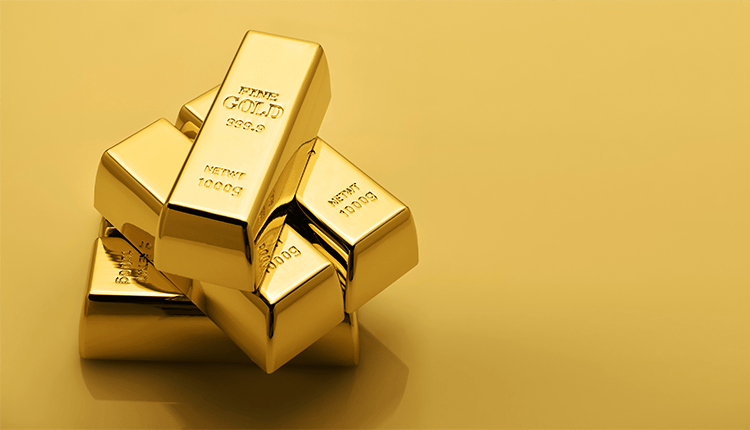The prospects for the second wave of coronaviruses around the world, coupled with the economic uncertainty, support haven demand for gold.
Gold, which hit record highs last week, is once again the value Wall Street takes refuge in. At the moment, it is already holding above $1,970 per ounce.
According to the World Gold Council’s report of the first quarter, central banks were also accumulating precious metal in their chambers. According to the World Gold Council, amid increased volatility and uncertainty, world gold reserves grew by 145 tons in this period.
By the estimates as of July 2020, the United States is the country with the largest gold reserves in the world, with 8,134 tons. It is more than double compared to Germany, the country with the biggest reserves after the US.
Italy and France rank third and fourth respectively with 2,453 and 2,436 tons of gold.
According to WGC data, the International Monetary Fund is the holder of 2,814 tonnes. China ranks sixth just behind Russia, according to the data. Besides, more gold is mined in China than in any other country in the world.
Australia, on the other hand, is home to the largest reserves of gold mines. At the same time, it is the second-largest producer of the mineral, after the Asian giant.
Does holding gold reserves secure economic stability?
Carsten Menke, head of the Next Generation Research area of the private bank Julius Baer, explains that when the price of gold increases, a country’s reserves increase in value. However, the expert warns that this only affects accounting but not on the real economy of a country.
There is no evidence that a higher percentage of gold in a country’s reserves, for example, leads to a more stable currency, he says.
As an example, Russia and Turkey have significantly increased the weight of gold in their reserves in recent years. However, their currencies have continued to depreciate as economies faced difficulties. The impact on the country’s economy from the rise in the price of gold is small. It increases the value of its international reserves and that strengthens stability. It could have some effect on the cost of public debt.
Analysts believe liquidity will not disappear shortly
The World Gold Council’s report says that, regardless of the type of recovery, the pandemic will likely have a lasting effect on what investors choose to place their money on. It will also continue to strengthen the role of gold as a strategic asset.
The rise of the precious metal’s value has a positive effect. Nitesh Shah, a chief analyst at WisdomTree, explains that it makes a central bank’s foreign exchange reserves stronger in the face of economic or exchange rate crises.
Another factor to consider is the massive introduction of paper money by central banks, such as the US Federal Reserve or the European Central Bank, in response to the coronavirus crisis. This enormous liquidity will not disappear in the short term. It has also directed a very high volume of capital towards gold.
















